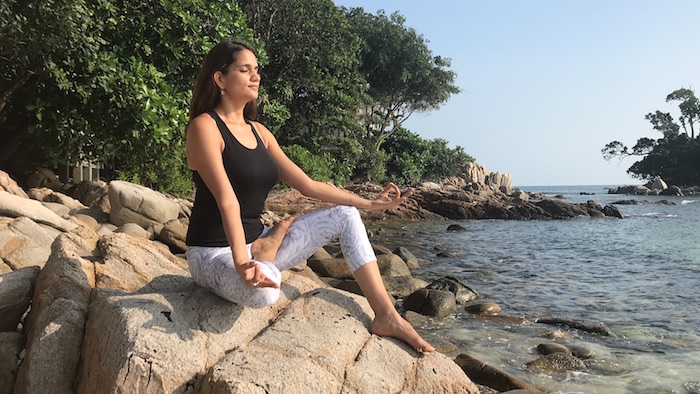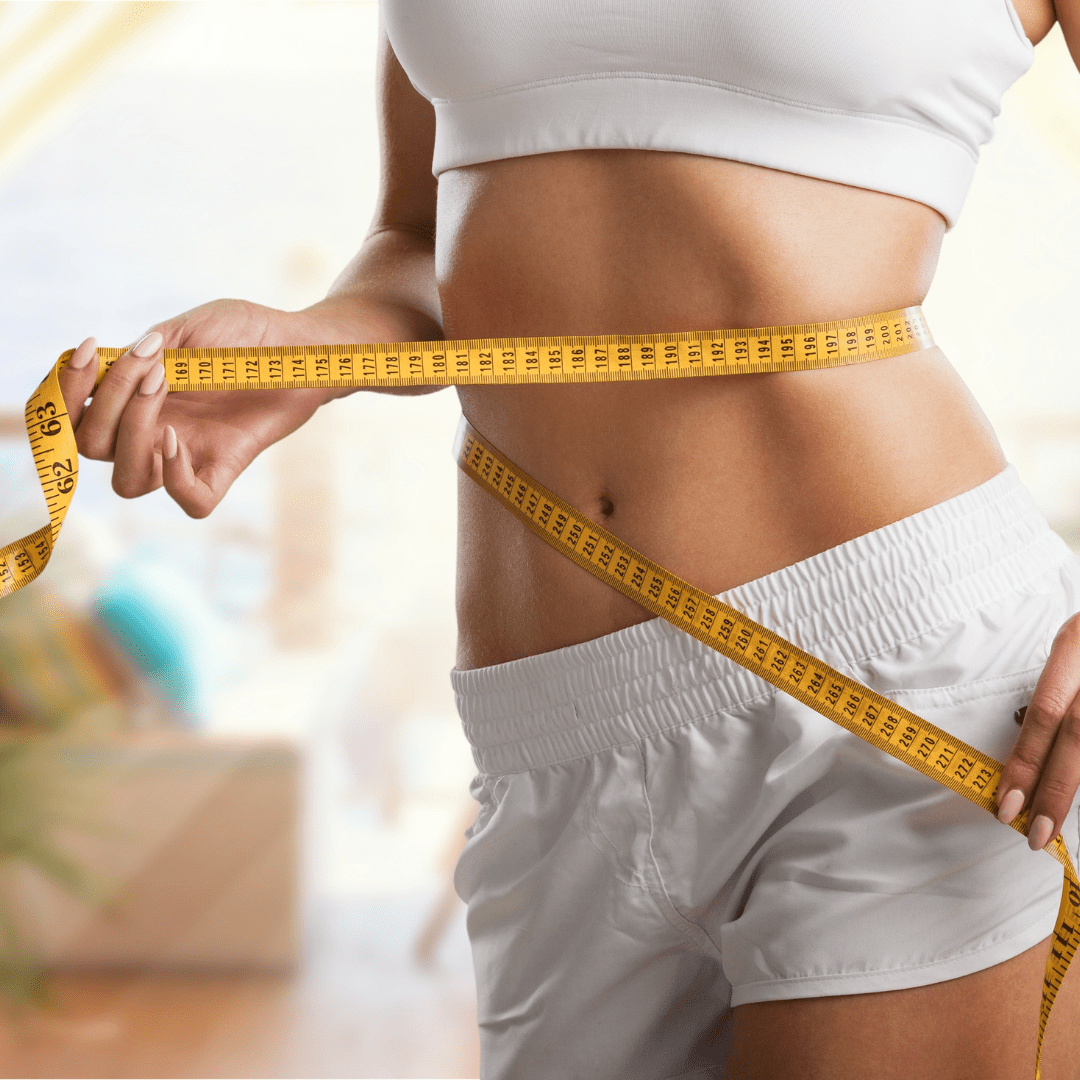Stress, the modern serial killer
Our modern society favors a dynamic and fast-paced life, where being ‘on’ 24/7 is a matter of great pride. As a result, we are constantly pushing ourselves to the limit both mentally and physically. Therefore, it is no wonder that stress today is termed as the modern ‘serial killer.’ The spate of lifestyle diseases caused by stress is also increasing as we are becoming more and more disconnected from our bodies and learning to suppress our emotions so we can ‘keep going.’ To make it worse, we make very little time to build our pranic reserves although we rapidly deplete them on a daily basis.
Yoga is more than stretching
It is extremely important to regularly make time to de-stress and relax and Yoga is one of the most powerful methods to do that. Paramahamsa Yogananda had said that relaxation frees up our energy so it can be used for more constructive purposes like concentration or meditation. That is why the primary objective of yoga practices is to gradually release and relax the body so it lightens and loosens up instead of being heavy and stiff. It enables a yogi to meditate better and a layman to be free of anxiety and stress both mentally and physically. Yoga practices penetrate deep into our subconscious, influence our nervous system, bring our endocrine system to balance and give us the much-needed moments of peace and stillness.
Getting the most out of Yoga to reduce stress and anxiety
While there are many different styles of yoga today, the hallmark of an authentic yoga practice is how you feel afterward. A good yoga class should leave us energized, refreshed and relaxed – not out of breath, depleted and injured. In order to achieve that we do not need to perform aggressive asanas or acrobatics – simply coordinating our movements with the breath helps will do the job. Breath is the most basic but a very critical lever through which we can control our stress response. Asana practices help us improve our breathing capacity by releasing tightness and tension from the muscles and joints. That is why yoga for stress relief starts with physical movements and concludes with pranayama.
Yoga practices to help reduce stress
In this article, I have broken down the various steps for total body and mind stress relief into seven steps. For each step, I have given some postures. You can choose any one or do all of them. Dynamic poses with movements are repeated 5 to 10 times and static poses are held for 5 to 9 breaths.
1. Joint movements to release energy blockages
In Yoga, it is said that most pranic blockages start in our joints. Even Ayurveda says that ‘Ama’ or the toxic and undigested waste material tends to settle in the empty spaces of our body – the joints. Hence, activating and energizing them every morning is an excellent practice for both our physical and mental well-being.
These are simple movements and although are not very popular in the modern yoga practice, they are practiced actively in the Kriya Yoga tradition. They are also known as ‘Yogic Sukshma Vyayama’ and are used by most schools of meditation and healing. I would highly recommend practicing them every day in the morning.
We start with the lowest joint and progress upwards as below. Each movement is done 5 to 10 times, in a standing position.
Toes: open and close Ankles: Flex and point the foot, ankle rotations, stand up on toes and back Knees: Knee to chest + quad stretch for 9 breaths, yogi squats Hips: Hip rotations Fingers: open and close a fist Wrist: wrist rotations Elbow: Elbow curls Shoulder: Shoulder rotations Neck: Side to side and ear to shoulder
To know more about joint rotations and video clips on how to do them, you can read my blog here.
2. Spine movements to activate the energy channels
 The spine is integral to any yoga practice as all the major subtle energy centers (Chakras) lie along the spine. It also houses our spinal cord and the nervous system is centered here. But most importantly our spine helps us stand tall – a uniquely human characteristic.
The spine is integral to any yoga practice as all the major subtle energy centers (Chakras) lie along the spine. It also houses our spinal cord and the nervous system is centered here. But most importantly our spine helps us stand tall – a uniquely human characteristic.
In a study by Erik Peper and I-mein Lin, a strong connection was found between posture and energy levels or mental states. It stated that ‘sitting collapsed’ might over time decrease energy and evoke depressive symptoms. In fact, we are more likely to think negative thoughts and recollect bad memories when slouching rather than when standing tall. That’s why spinal health is critical for staying stress-free.
3. Shoulder and neck release as we carry most of our stress here
 “It’s not the load that breaks you down. It’s the way you carry it.”
“It’s not the load that breaks you down. It’s the way you carry it.”
And that’s the story of
our shoulders – modern lifestyle and increased use of technology have disturbed that perfect balance with which our head rests on the shoulders. Since we are always cowering down, with head hanging forward in this proverbial “iHunch” position, it is important to draw the shoulders back and creating more space in our chest so we can breathe better. Breath is our fundamental source of energy and if we have bad posture, we can’t access full lung capacity to take those deep fulfilling breaths. It’s a vicious circle as bad posture makes us stressed and stress gives us bad posture.
Note on shoulder strength
Shoulders have a natural tendency towards mobility as they’re not as strongly set joint as the hips – that is why it is important to work on strengthening them as well. Though not necessary for this sequence, you can add poses like the plank, chaturanga or upward facing dog to build shoulder strength. Here’s an optional dynamic movement that works on improving shoulder strength and mobility: https://youtu.be/qq8_yInm9y8
4. Hip mobility to counter long sitting hours and a tendency towards stiffness
 Where do all of our unresolved emotions go?
Where do all of our unresolved emotions go?
It is said that they settle in our hips. There’s no other way to verify this statement but by actually practicing yoga hip openers. And while we don’t have proof, in my experience deep hip stretches often bring out very emotional reactions. Hips also have a tendency towards stiffness as they support our body almost throughout the day when we’re sitting or standing. And this stiffness can be further aggravated if we are into sports like running or cycling.
Some of the hip muscles (PSOAS) also attach to the base of our spine and their tightness or weakness is responsible for many lower back issues. All of this gets compounded by long hours of sitting. So we must release the stiffness that we tend to carry here.
5. Forward bends to induce calmness and lower the heart rate
 Forward bends, in general, have a very pacifying and cooling effect. For this reason, they are very beneficial for stress, anxiety, and hypertension. But they can be a little difficult for some of us due to tightness and rigidity especially in the legs. It is important that we maintain the integrity of our spine while bending forward – often we tend to overarch and bend from the spine whereas we need to fold from the hips.
Forward bends, in general, have a very pacifying and cooling effect. For this reason, they are very beneficial for stress, anxiety, and hypertension. But they can be a little difficult for some of us due to tightness and rigidity especially in the legs. It is important that we maintain the integrity of our spine while bending forward – often we tend to overarch and bend from the spine whereas we need to fold from the hips.
So, I have also shared two type of forward bends – regular seated ones and lying down prone variations. The objective is to bring the heart closer to earth. Pick any one or two of these and hold for 3 to 5 mins. Make sure you are comfortable in the variation you pick. Holding a posture forcefully for long hours is no good for our tissues and joints. Hold to the point of comfort.
6. Viparatika Karani and Shavasana to conclude the physical movements
 With these two we wrap up the physical practices. Viparita Karani and Shavasana. are great for inducing total relaxation and assimilating our energy. I often say that skipping Shavasana after finishing practice is like putting in the effort to walk to an ATM to withdraw money and then leaving without collecting it. Shavasana is the time we reap all the benefits of our efforts. So always make time for it.
With these two we wrap up the physical practices. Viparita Karani and Shavasana. are great for inducing total relaxation and assimilating our energy. I often say that skipping Shavasana after finishing practice is like putting in the effort to walk to an ATM to withdraw money and then leaving without collecting it. Shavasana is the time we reap all the benefits of our efforts. So always make time for it.
Shavasana should be performed in the very end. A good way to make it more effective is by alternately tensing and relaxing the entire body. It’s an integral part of Kriya Yoga practice for relaxation and in modern parlance, it is called Progressive Muscle Relaxation. It is known to reduce anxiety and stress levels as effectively as some pharmaceutical drugs like Xanax.
7. Breathwork and meditation to work on the autonomic nervous system
 Finally, we come to the most critical part of yoga for stress and anxiety – breath and meditation. Prior to meditation, pranayama or breathing exercises should be done to concentrate the mind and withdraw our senses from the outside world.
Finally, we come to the most critical part of yoga for stress and anxiety – breath and meditation. Prior to meditation, pranayama or breathing exercises should be done to concentrate the mind and withdraw our senses from the outside world.
Since we are talking about stress relief here a very good pranayama practice is to gradually increase the length of our exhalation. For instance, if our inhalation takes 5 mental counts we can gradually increase the exhalation to 6 counts, then 7 and eventually to 10. The more we draw out and lengthen the exhaled breath, the more relaxing it is. After 10-15 rounds of such breathing, we can move to silent meditation.
If you do not have an existing meditation practice, a simple way to start is by counting the breath in reverse order. For example – count each breath backward from number 54, next breath is 53, then 52 and so on till you reach 1. If at any point you forget the count or get lost, the rule is to start again from 54. Only when you’ve reached from 54 to 1 without missing the count or losing your focus does it complete one meditation session. The number 54 is an example, this can also be done with 27 or 108.
Just ensure that the body needs to be relaxed and spine straight.
Important: The first step of joint movements and last step of breath and meditation are most critical and should be included in daily practice. If you have the time you can do all steps or pick any two from steps two to six.
Conclusion
Body and mind are closely interlinked and work in tandem – Physical stress can manifest mentally (e.g. memory loss or depression due to pain) and mental stress can manifest physically (e.g. poor posture or joint pain or ulcers). Thus, both need to be balanced for inducing relaxation. While we have the solutions, people often approach me with a common complaint that there’s just no time. And I totally understand that. That is why I’ve shared this customizable short sequence. The idea was to have something that can be done every day without too much fuss. Just because these are simple, does not mean they are less effective, in fact, they are likely more powerful.
And always remember that there are innumerable things that can stress us out. We cannot control them all as stuff happens, things go wrong and the world moves on. The only solution is in changing how we respond to stress.
My life has been filled with terrible misfortune; most of which never happened ~ Michel de Montaigne
Important: any practice should be done in consultation with your doctor and this article is not intended to be a substitute for medical advice.







